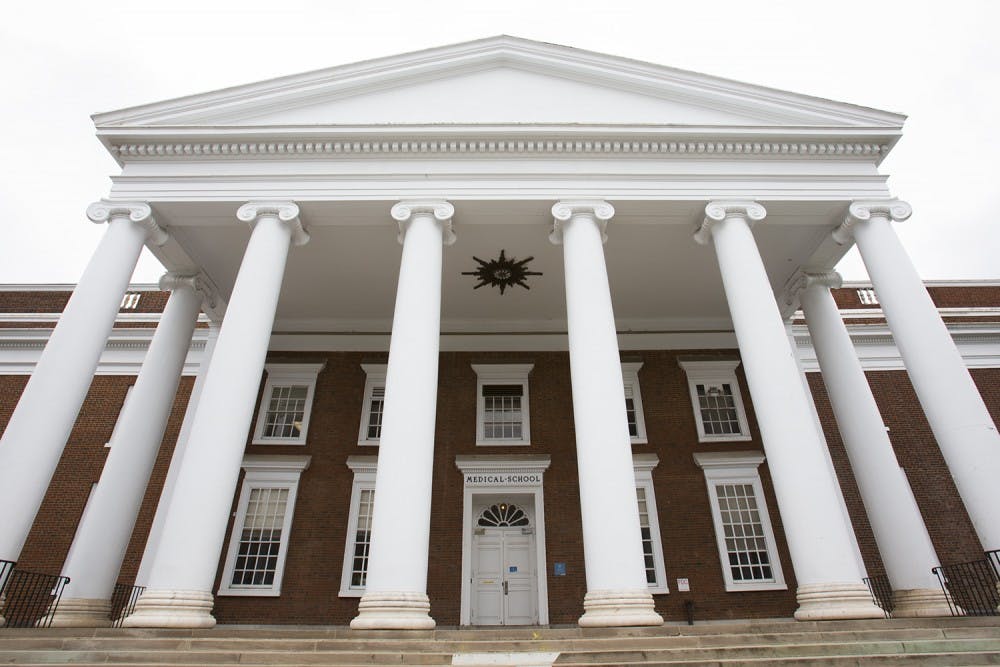As pre-medical school students begin applying to medical schools next month, they look forward to a lengthy 16 to 18 month process involving the completion of multiple general and supplemental applications in the summer and subsequent interviews during the fall and winter months. They will receive their results in spring 2018.
For the 357 University students who applied to Medical School in 2015, 52 percent were accepted. One of the factors influencing the rate of acceptance was whether an applicant had taken a gap year as — out of those who were admitted — 73 percent waited a year before applying.
“Something that we see happening more and more is that medical schools like to see that bridge year experience,” said Kim Sauerwein, University director of Pre-Health and Law Advising. "Rather than applying after their third year, most students who get accepted are applying after their fourth year, so they have one or more bridge years after they graduate.”
During this bridge year, it is common for students to become medical scribes, where they are paid to record a doctor’s notes or to take vital signs, if they undergo special training to do so. This experience provides students with the opportunity to witness interactions between doctors and patients.
Other bridge year experiences include enrolling in additional courses, doing research, taking part in a fellowship or scholarship experience or even travelling. Whatever a student chooses to do during this time is intended to strengthen his or her application.
“[The type of gap year experience] really depends on the nature of [the student’s] application,” Sauerwein said. “When the [Medical] School is looking at an application, they want to make sure that the student has the academic knowledge, they want to make sure that the student has the career knowledge or the experience and they want to make sure that the person has developed and matured as a human being.”
One benefit to the bridge year is that students can be accepted into medical school with lower GPAs. The 2016 statistics found that if they applied after their third year, the average GPA of accepted applicants was 3.7, while individuals who applied after their fourth year had a lower acceptance GPA average of around 3.5.
“I don't want anybody to give up on their [Medical] School dream because we say what the average is,” Sauerwein said. “But the GPA is pretty significantly lower if the student has a bridge year. The more experience they have, that mitigates them of the GPA.”
At the Medical School, approximately half of the students accepted have taken a gap year, though the academic standards still remain quite high even for those applying after graduation.
“Generally our class is about 50 percent Virginians, with an average GPA of 3.75 to 3.8 and MCAT above the 95th percentile,” said John Densmore, the associate dean for Admissions and Student Affairs at the Medical School.
According to Densmore, the admissions committee looks for well-rounded applicants for acceptance to the Medical School.
“We look for a strong academic record, clinical experience and contribution to the diversity of the class,” Densmore said. “Because medicine is very team oriented, we stress communication skills and the ability to work with others.”
Sauerwein said students should talk to an advisor, as he or she can put the student’s individual position and experiences in context with statistics.
“It really depends on who the person is,” Sauerwein said. “It's not just about academics, it's not just about experience — it's about who you are, connecting with that particular career field and making sure that you have the academic ability to succeed in [medical] school.”







